Depending on where you live, frigid winters might lead you to wonder why global warming is so bad! But in the following countries, a combination of high heat and humidity will unquestionably become a life-threatening danger. Here are some of the projected literal “hot spots” of climate change induced warming by 2050.
How Were These Determined?

People who work outdoors will be especially endangered by soaring temperatures.
©JuYochi/Shutterstock.com
Heatwaves have gotten longer, hotter, and more frequent in recent decades. Research at Penn State University has shown that young, healthy people can stand prolonged heat of up to 88 °F (31 °C) and 100% relative humidity without a cooling source like air conditioning. By 2050 at a projected 2 degrees of global warming, the regions that will most often experience sustained conditions hotter than this are in sub-Saharan Africa, the Indian subcontinent, and East Asia. Based on the Penn State report, we’ve selected countries that are projected to have the highest sustained temperatures that exceed the maximum limits of human endurance.
13. India

With the world’s largest population, India is quite vulnerable to the effects of global warming.
©WESTOCK PRODUCTIONS/Shutterstock.com
India is the world’s most populous country, home to about 17% of all human beings. Its geography and population make it especially vulnerable to the effects of climate change. Temperatures in India have risen by 1.3 °F (0.7 °C) over the past 100 years.
12. Pakistan
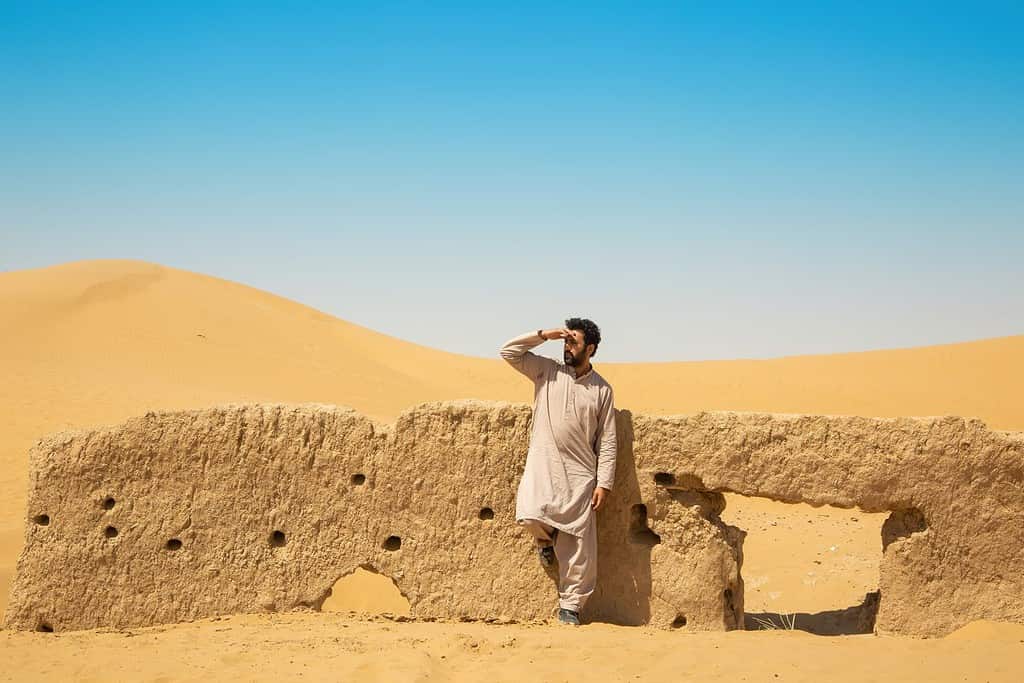
The deserts of Pakistan were forests in ancient times.
©SS 360/Shutterstock.com
Pakistan shares the Indian subcontinent with India and is subject to many of the same vulnerabilities to global warming. The country suffered catastrophic floods in 2022 that affected more than 30 million people, destroying infrastructure, homes, and farmland.
11. Bangladesh

Bangladesh is a low-lying country criss-crossed by rivers. It is especially vulnerable to flooding.
©Jono Photography/Shutterstock.com
Climate researchers consider Bangladesh to be one of the most vulnerable countries in the world to climate change. It has a high population density, high poverty, and geography that makes it especially vulnerable to flooding. Because the vast majority of the population works in subsistence agriculture, intense heat levels will put millions of people at increased health risk.
10. China

Cities like Shanghai already suffer from unhealthy smog, made worse by high temperatures.
©r.nagy/Shutterstock.com
China is the world’s largest emitter of carbon dioxide, mainly because of its heavy use of coal. China is feeling the effects of its economic strategy. It recorded its hottest year on record in 2023. From 1951 to 2017, the temperature increased by 0.43 °F (0.24 °C) per decade, which is higher than the global rate.
9. Chad
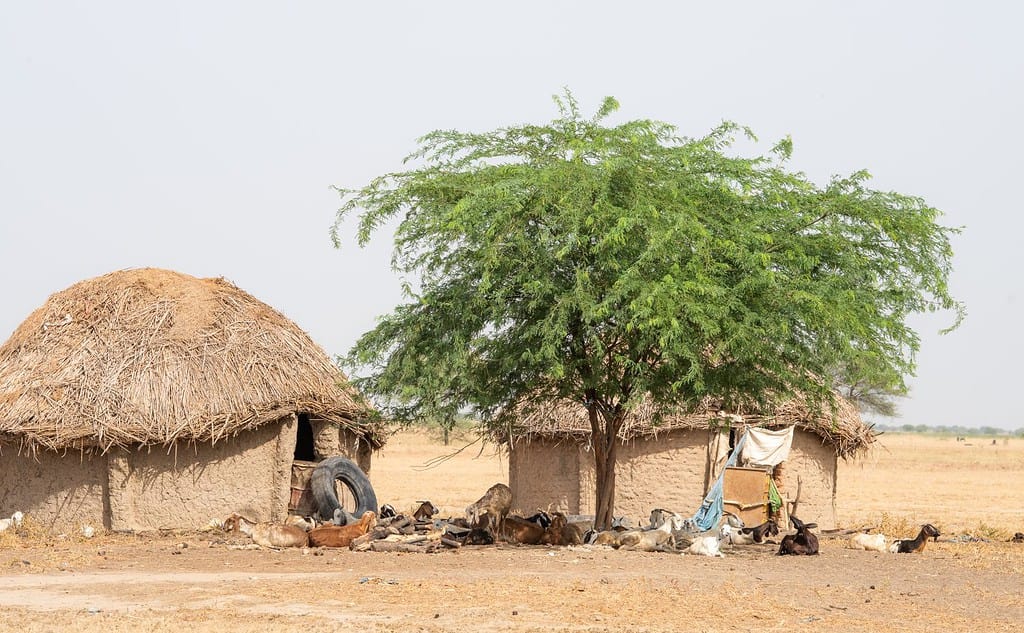
Many people in Chad make their living through livestock and subsistence agriculture.
©mbrand85/Shutterstock.com
Chad is a Central African country forecast to become much drier and hotter in the coming decades. Rainfall is inconsistent there, alternating between floods and droughts. Unfortunately, these conditions are ideal for creating overpopulations of locusts that swarm in dry years in search of food. The human population has been moving further south in response to increasing temperatures and desertification in the north.
8. Niger
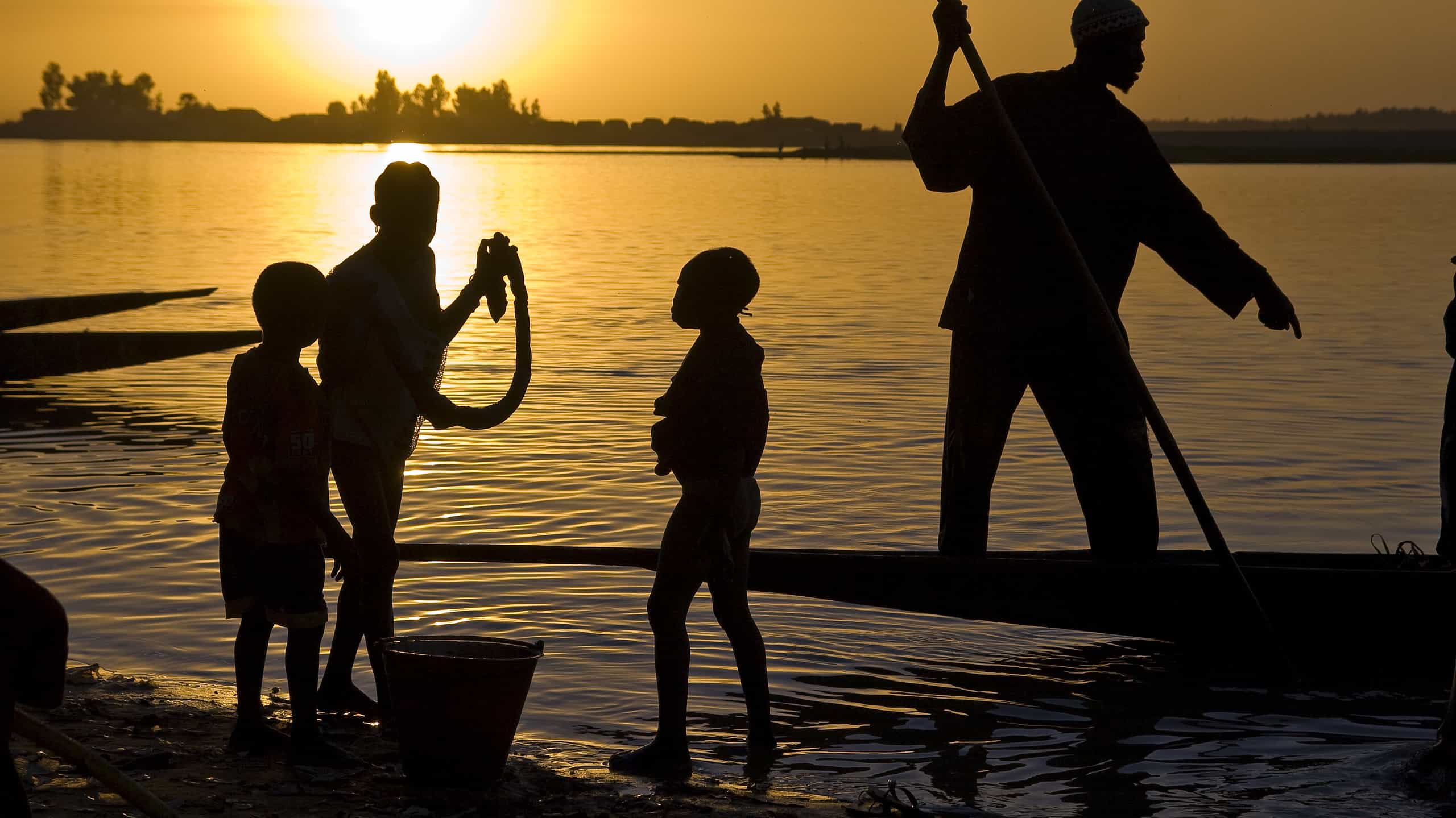
Niger residents live off fishing the river, a water source that raises humidity to dangerous levels.
©kirszen/iStock / Getty Images Plus via Getty Images
Most of the approximately 24 million people in Niger live in the southern part of the country rather than the desolate Sahara in the north. Half the country’s people live in extreme poverty, made worse by civil conflict and natural disasters such as drought, flooding, and locust plagues. Climate change has hit the country hard, as temperatures in Niger in the past two decades have been among the hottest in the world.
7. Mali

The Sahara landscape in Mali looks like a scene from Mars, only far hotter.
©Yoann MORIN/Shutterstock.com
Mali is a large country in Northwest Africa. It is served by two rivers, the Niger and the Senegal. Although only 14% of the country’s land is suitable for agriculture, about 50% of Mali’s GDP comes from agriculture. With most of its territory in the Sahara and the arid Sahel region, Mali is vulnerable to rising temperatures, desertification, and natural disasters brought on by weather instability.
6. Saudi Arabia
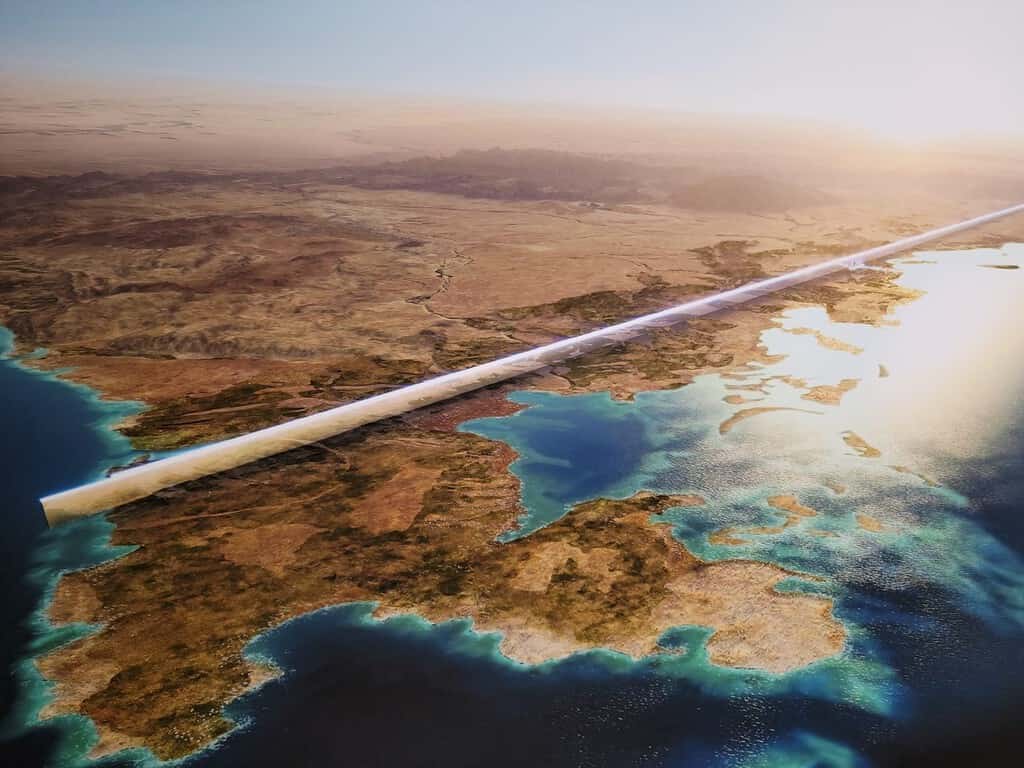
The Line is Saudi Arabia’s planned 106-mile-long linear city that will house nine million people.
©choi yurim/Shutterstock.com
Saudi Arabia has some of the world’s largest petroleum reserves but is not banking on the oil lasting forever. One way the country’s leaders are building a more sustainable economy is by constructing a sustainable city in the northwestern part of the country. Called “The Line,” this city will be a 106-mile-long, 150-story-high set of two skyscrapers facing one another and connected by skywalks at different levels. Housing about nine million people, The Line will run entirely from renewable energy sources, like solar. It may prove to be a model for other countries seeking to house their populations out of the blazing sun.
5. United Arab Emirates

The United Arab Emirates has invested heavily in diversification of its oil-based economy.
©Zhukov Oleg/Shutterstock.com
Located on the coast of the Persian Gulf, the United Arab Emirates is one of the wealthiest countries in the world on a per capita basis. However, realizing their oil wealth will not last forever, the country’s leaders have invested heavily in alternative revenue streams such as tourism, world-class medical care, and renewable energy research and development. The UAE has even gotten involved in schemes to purchase enormous tracts of land in Africa to prevent their forests from being developed. These “carbon sinks” absorb the carbon dioxide released in other parts of the world, including the UAE.
4. Qatar
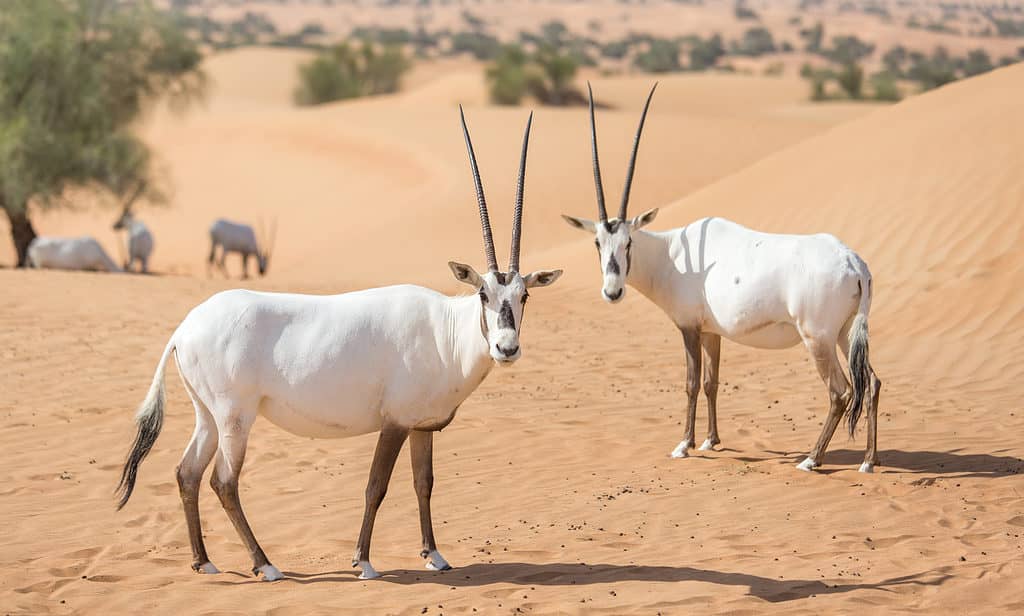
Qatar’s deserts are host to wildlife adapted to the dry environment.
©Kertu/Shutterstock.com
A small Persian Gulf country, Qatar has become increasingly interested in the issue of climate change. In 2021 the country created a Ministry for Environment and Climate Change. Qatar has also built its first solar energy plant and has begun investing in other kinds of renewable energy. Most of Qatar’s population lives in urban areas along the coast, making the country vulnerable to rising sea levels.
3. Bahrain

Manama is the modern capital of Bahrain.
©PREJU SURESH/Shutterstock.com
Bahrain, an island country in the Persian Gulf, has a hot, arid climate. It has reached record high temperatures of 117 °F (47.4 °C). The temperature is exacerbated by humidity from the sea that can reach 90% in the winter and southwest winds that blow hot, dry sand clouds over the southern end of the island in the summer.
2. Kuwait

The skyline of Kuwait is familiar to many around the world.
©Anson Fernandez Dionisio/Shutterstock.com
Kuwait suffered a great deal of environmental damage in 1990-91 in the first Persian Gulf War. This included damage to agriculture and infrastructure, as well as catastrophic oil spills and oil well fires that were deliberately set by the Iraqi invaders. Measurable effects of climate change in Kuwait include a decrease in rainfall, a rise in sea levels along the coast, and an increase in dust storms.
1. Iran

Iran’s deserts have recorded some of the hottest temperatures measured on Earth.
©Delbars/Shutterstock.com
As a result of climate change, Iran is experiencing lower levels of precipitation and the hottest temperature ever recorded in Asia. About 35% of Iranians are dealing with water shortages. Rapid urbanization is making the problem worse by increasing emissions of greenhouse gasses, lowering air quality, and creating heat islands.
The photo featured at the top of this post is © Buckmanart/Shutterstock.com
Thank you for reading! Have some feedback for us? Contact the AZ Animals editorial team.







